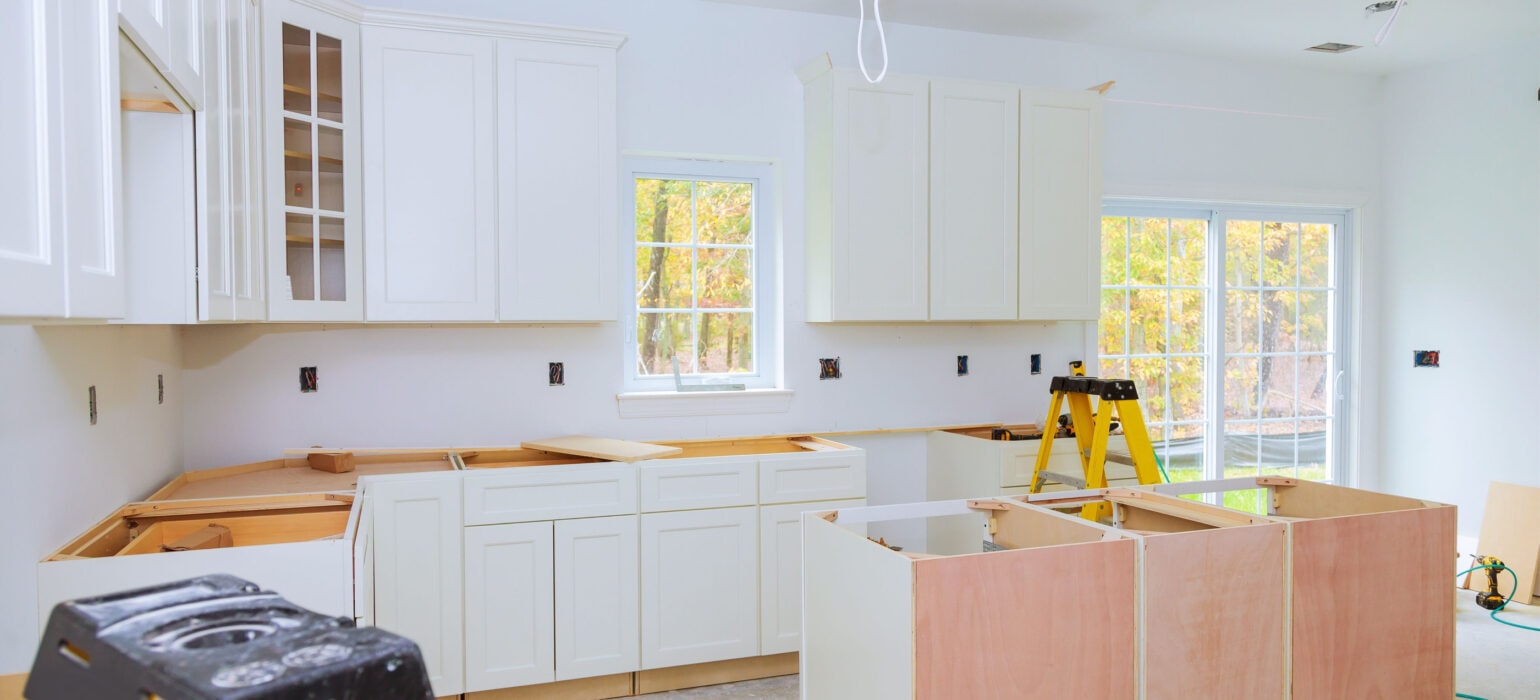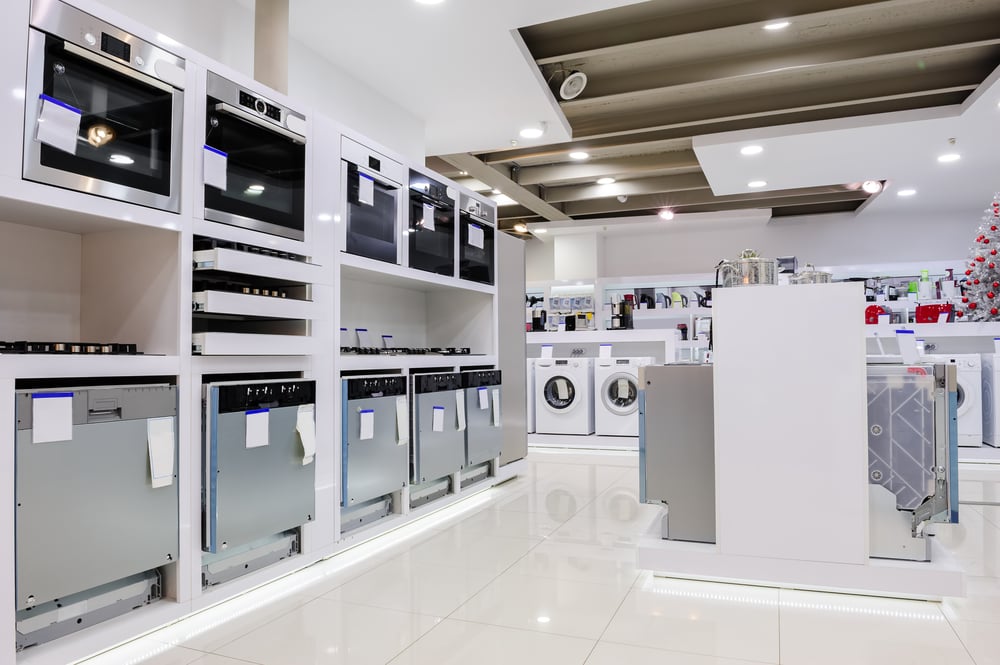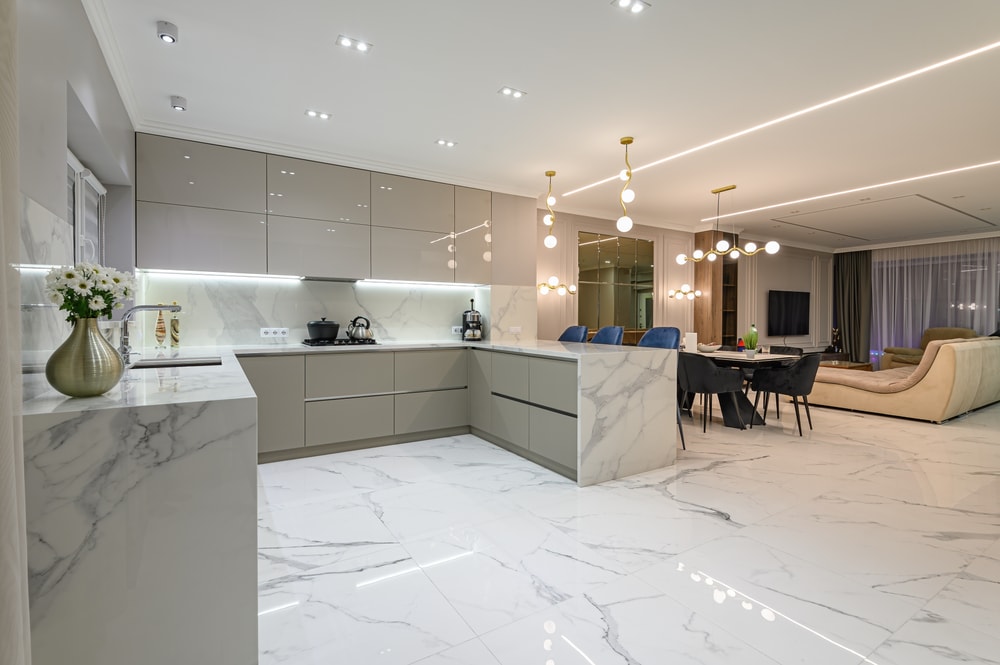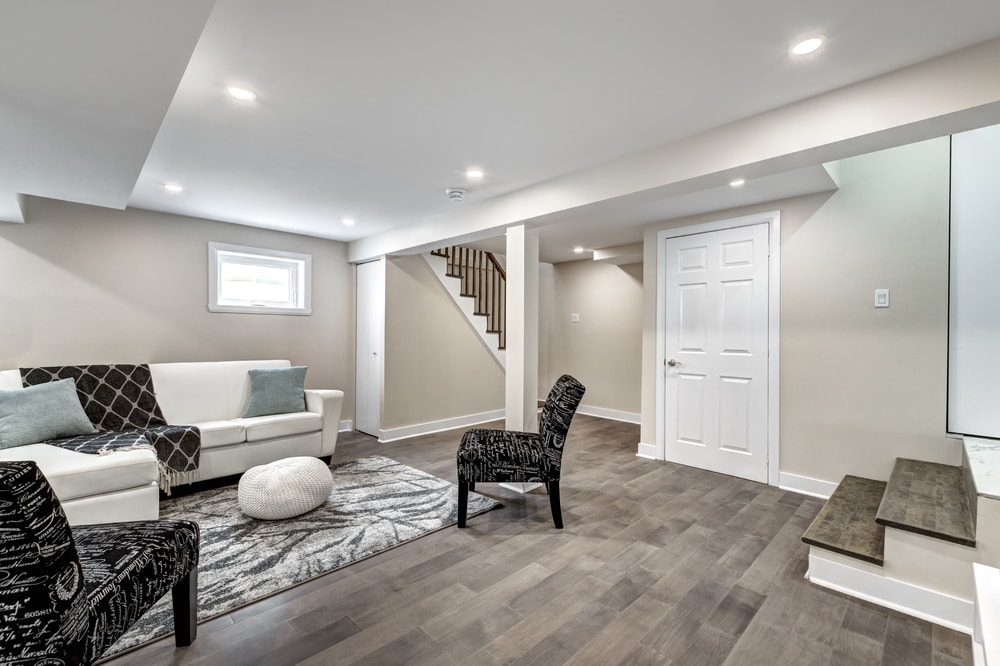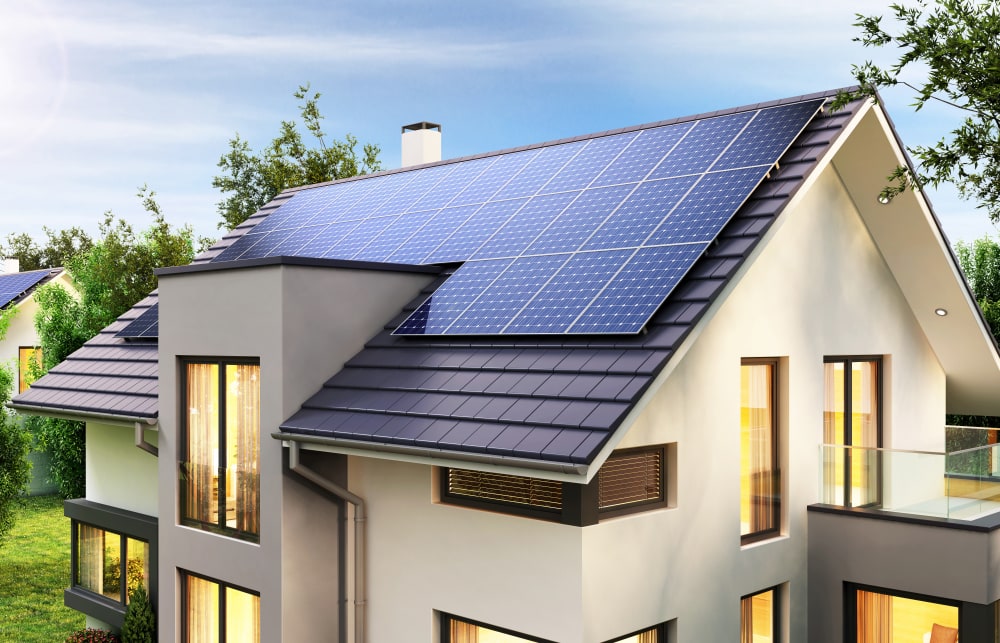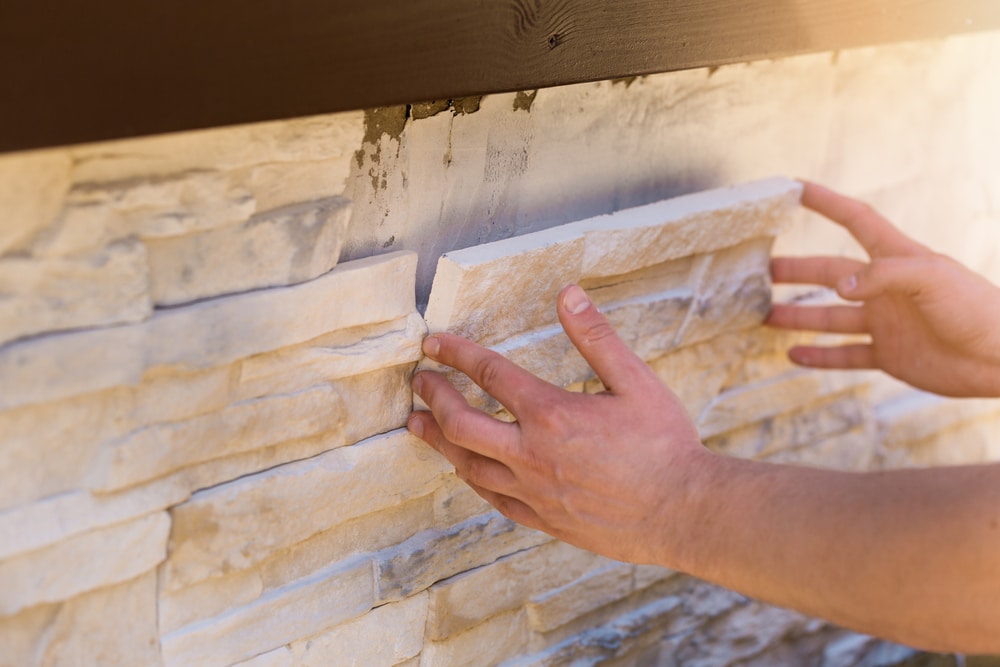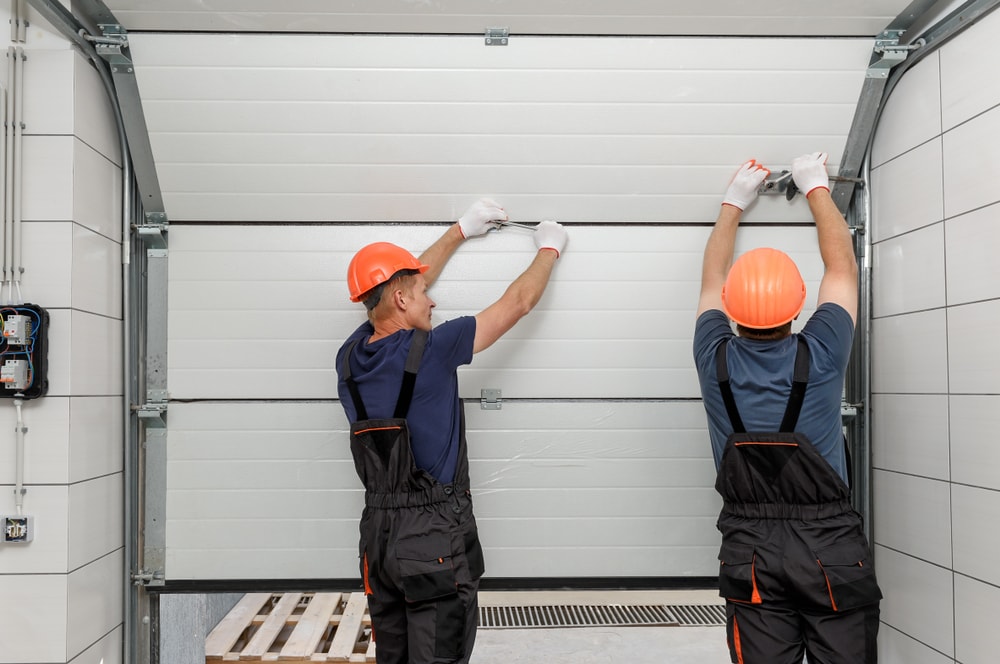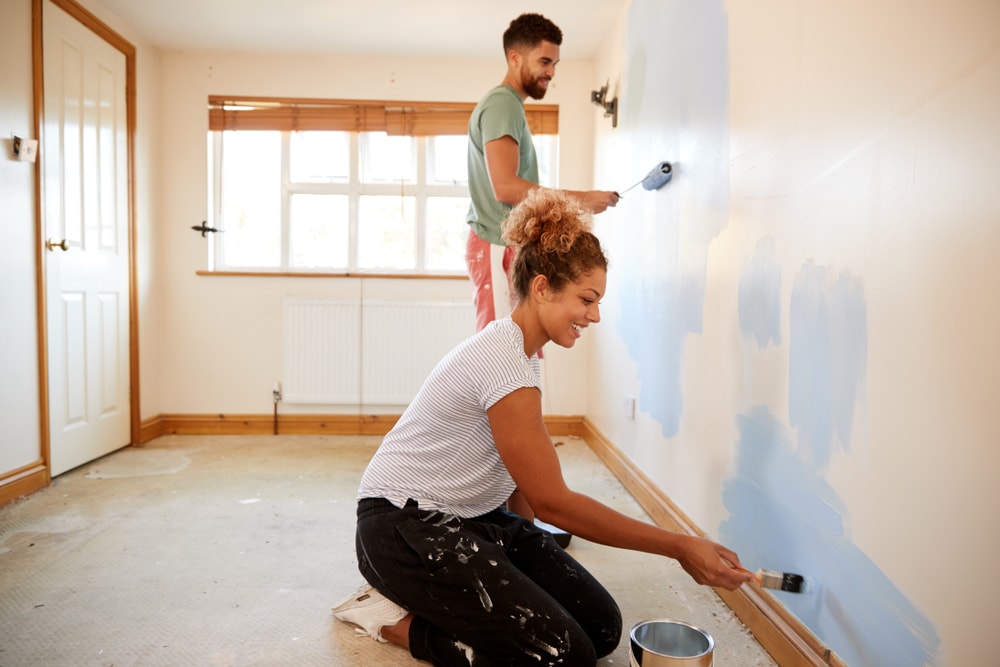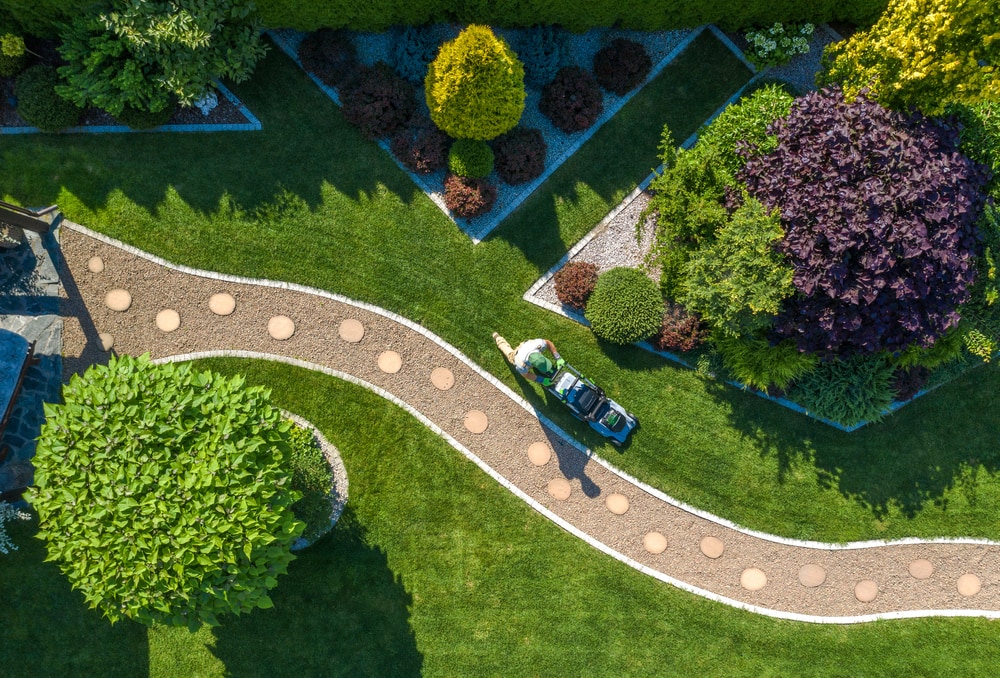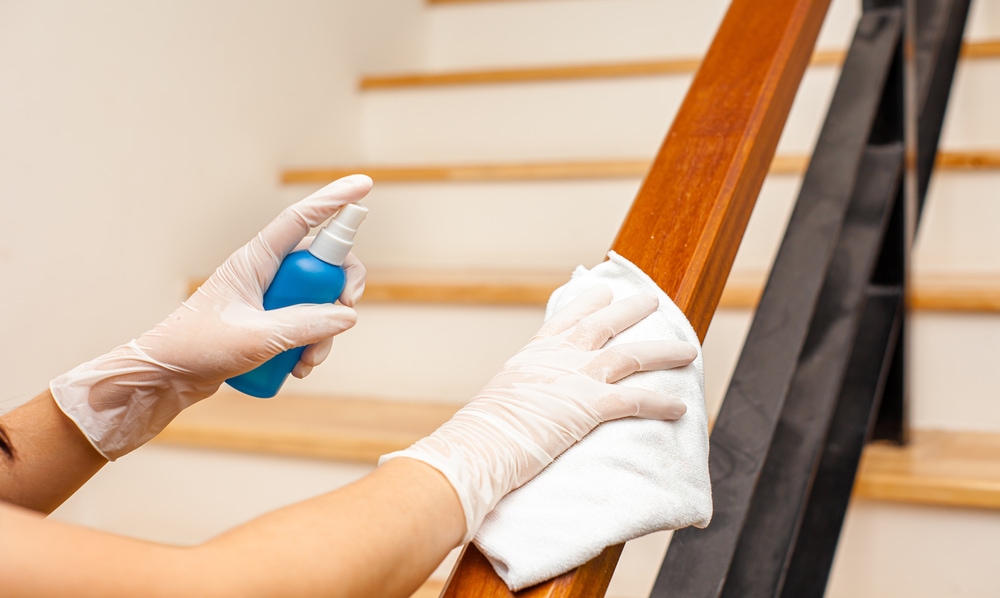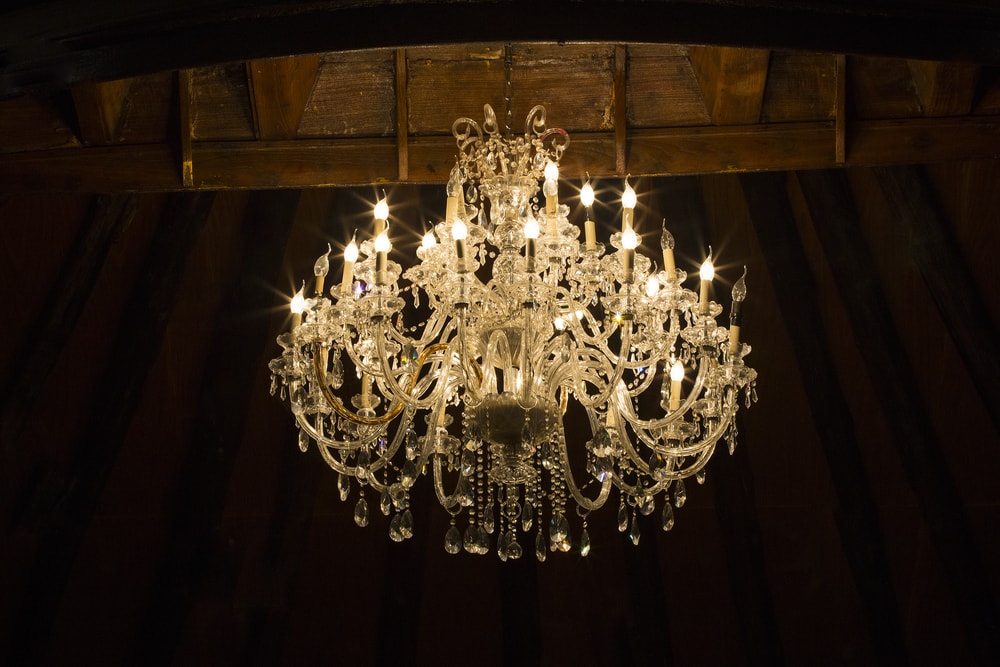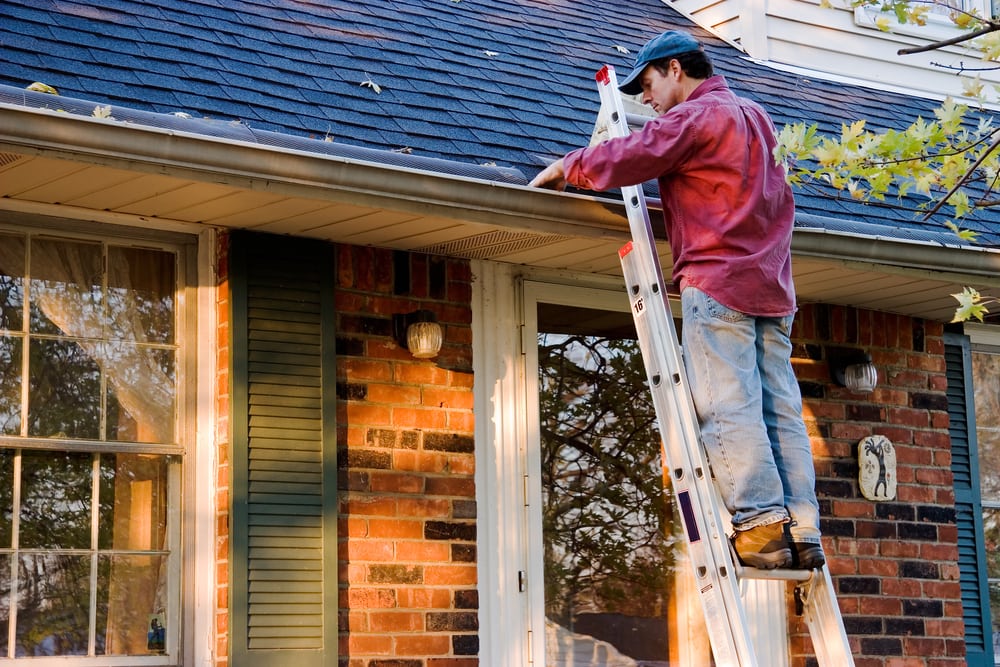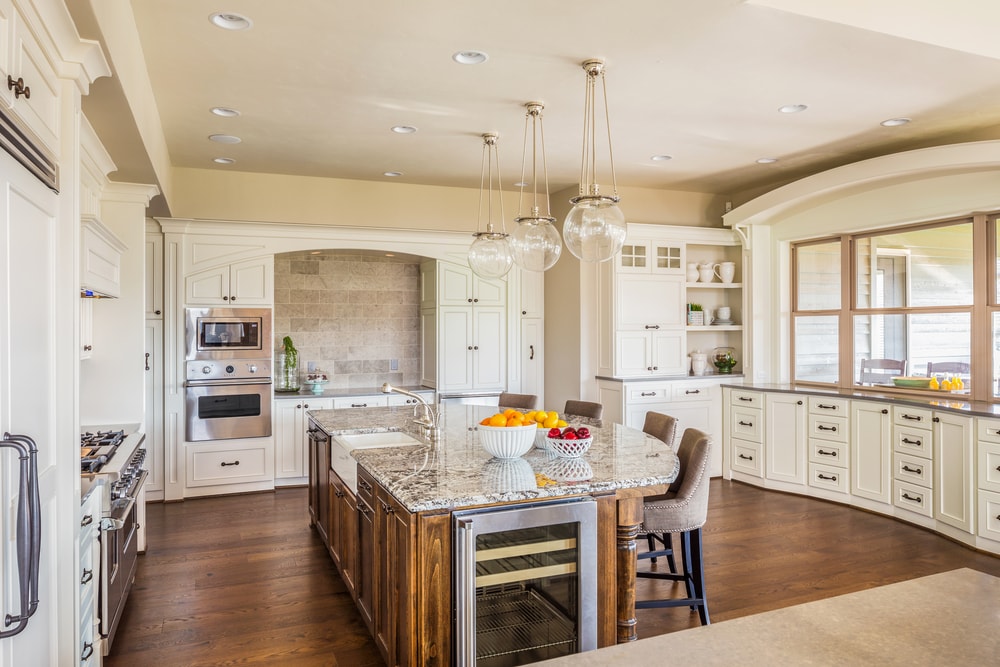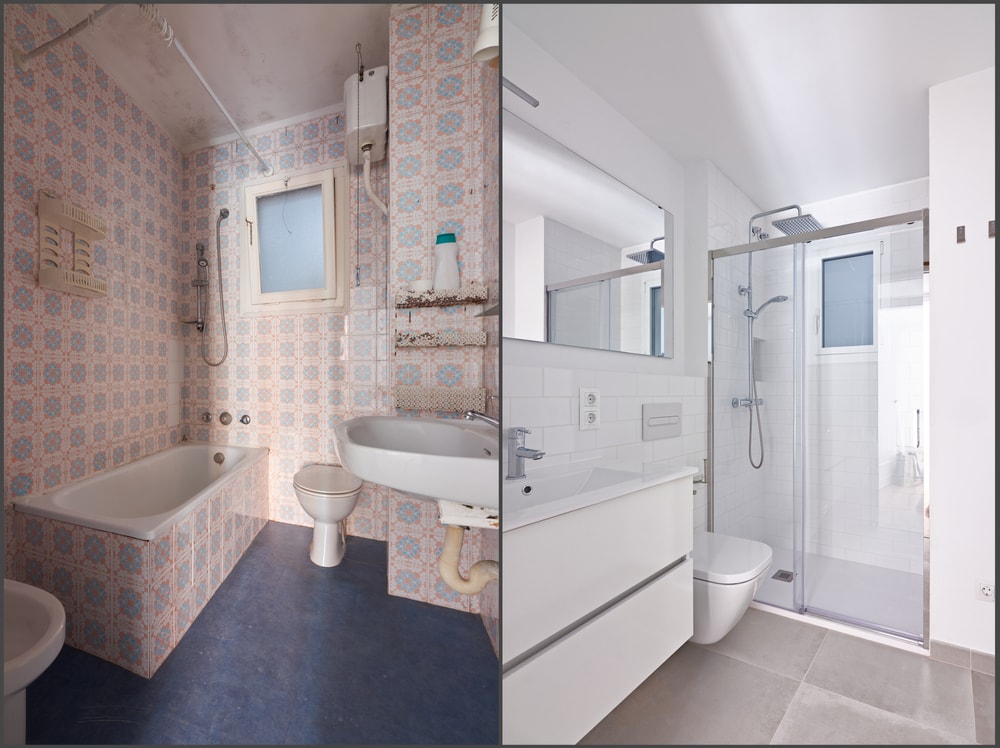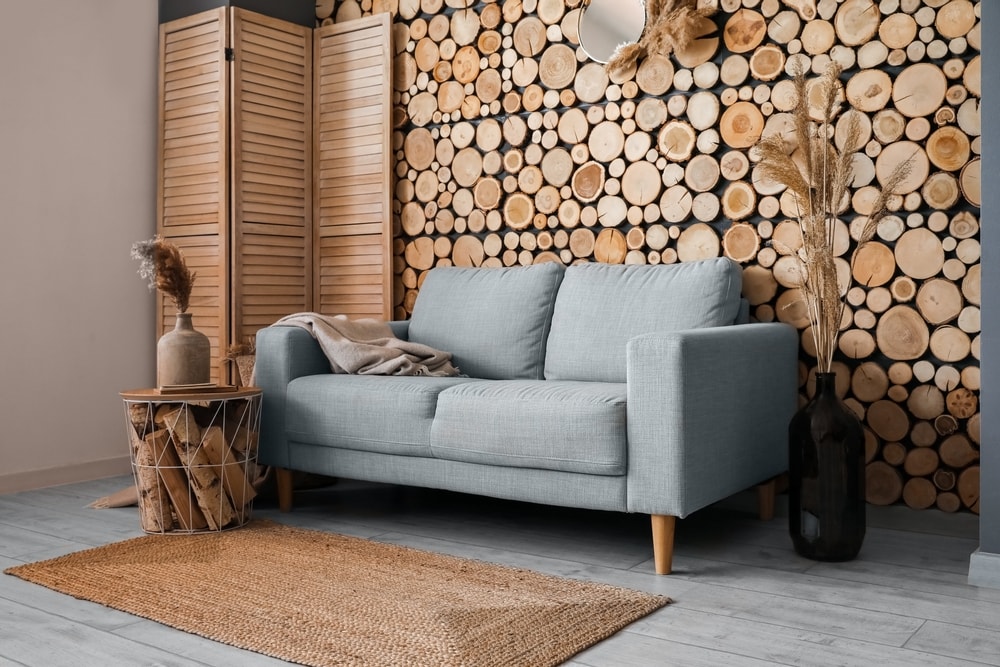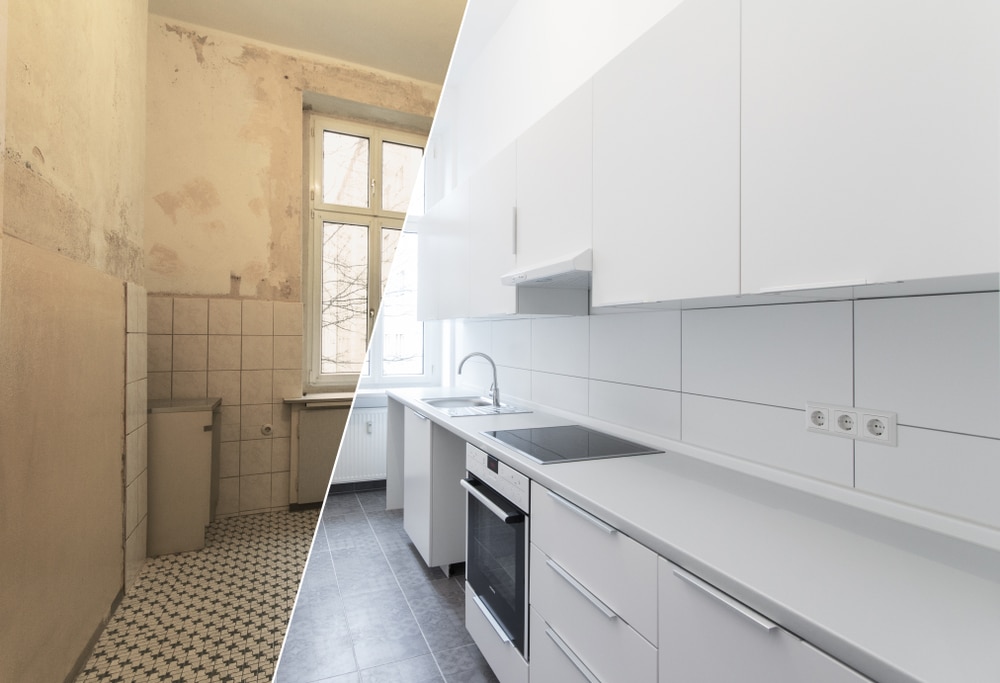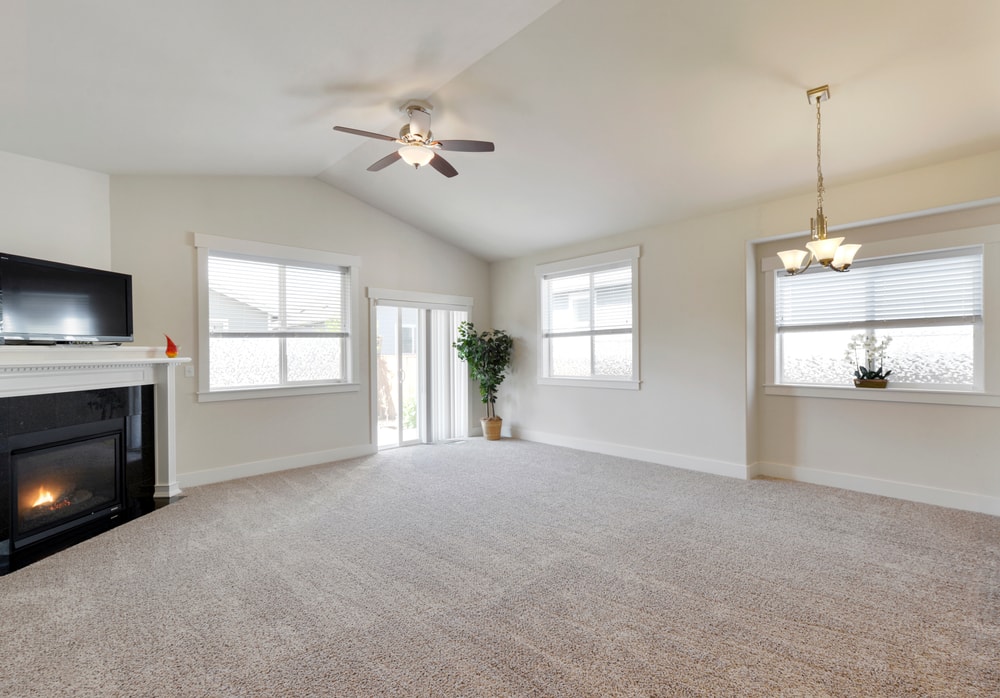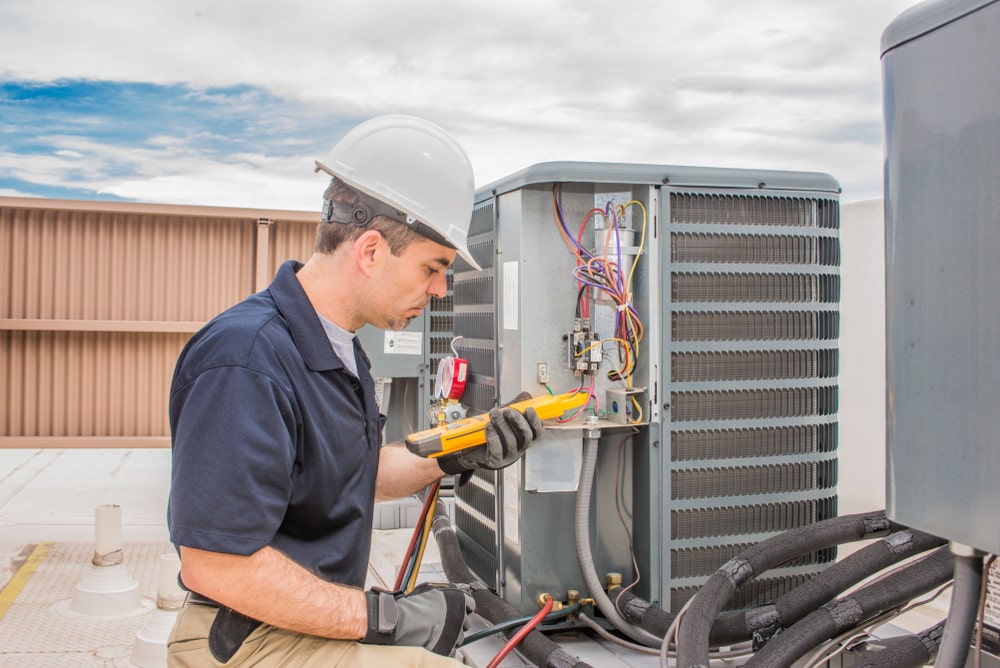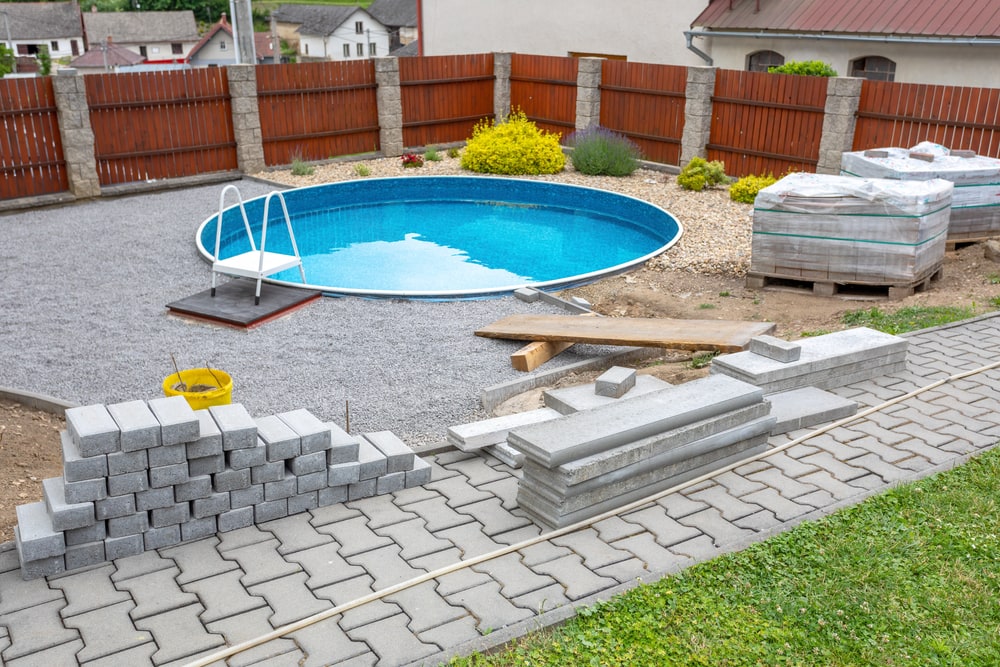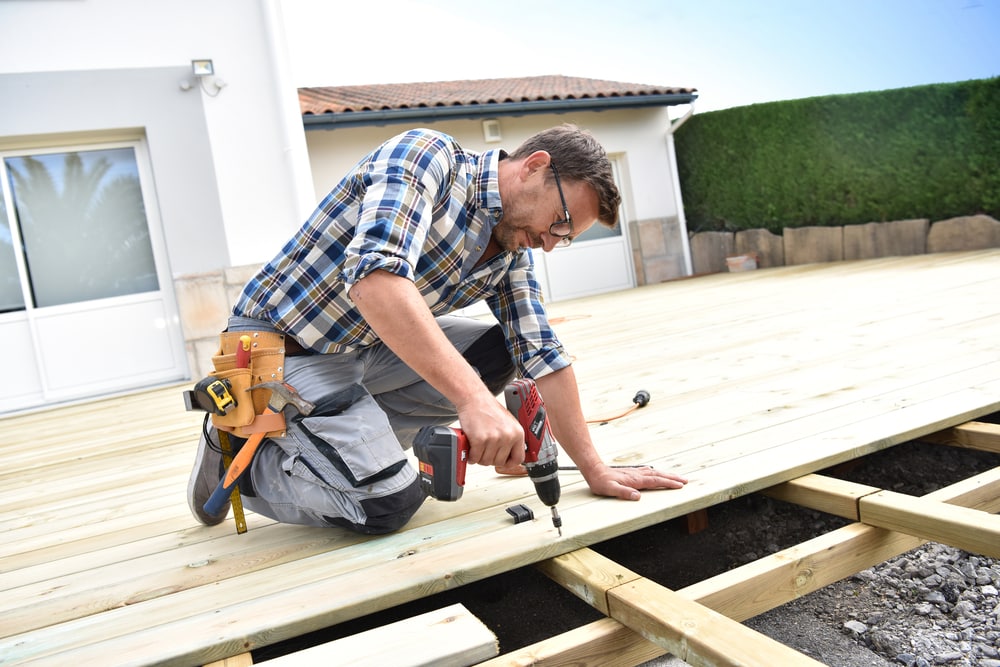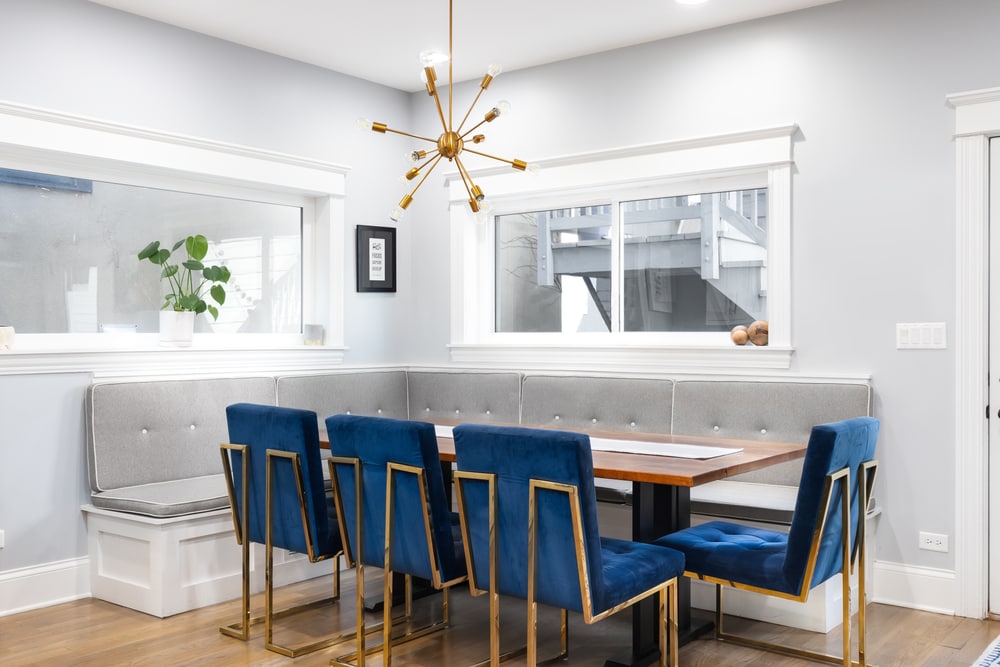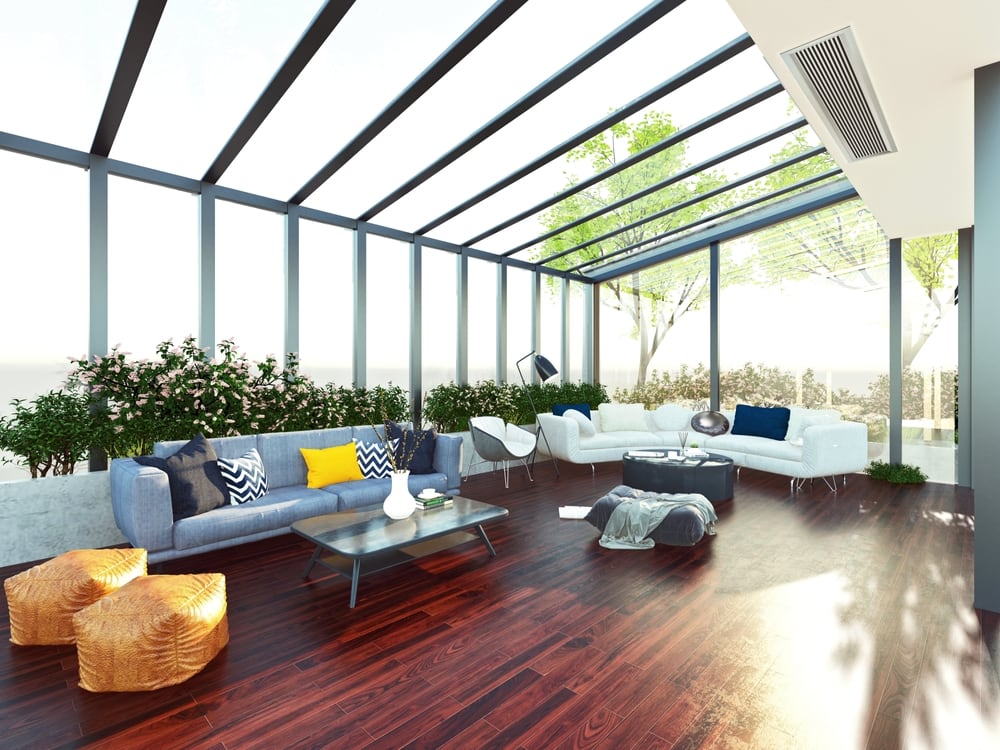Thinking about doing a home improvement renovation? This can be an exciting time, because you know that your money will be going towards making your house more of a “dream home”. But before you get started, take some time to consider if you will see a return on investment for those projects. Here at Home Addict, we’ve laid out some of the biggest ROI projects that are definitely worth doing, and we’ll also talk about some of the renovations you may be better off not doing at all.
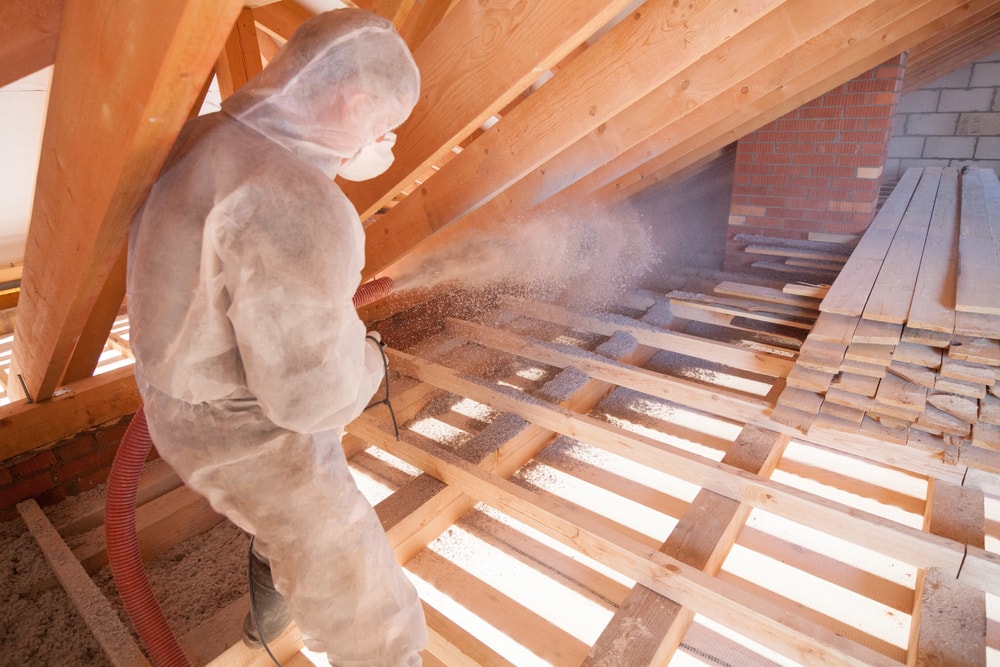
DO: Insulate Your Attic
If you don’t have an insulated attic or crawlspace already, you should highly consider getting it done. Insulating your attic can help save on energy costs. According to Ward Insulation, your investment can sometimes pay itself off within just a matter of a few months. They also estimate that your ROI can be as high as 107%. Sure, it’s not something that many home buyers think about. And they might not even see it, unless they check out the attic space. But it will help you during the time that you live in the home, and it also helps for any future families that will buy from you in the future. (via Ward Insulation)

